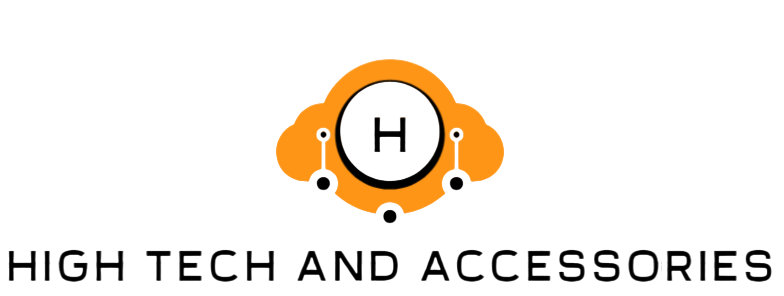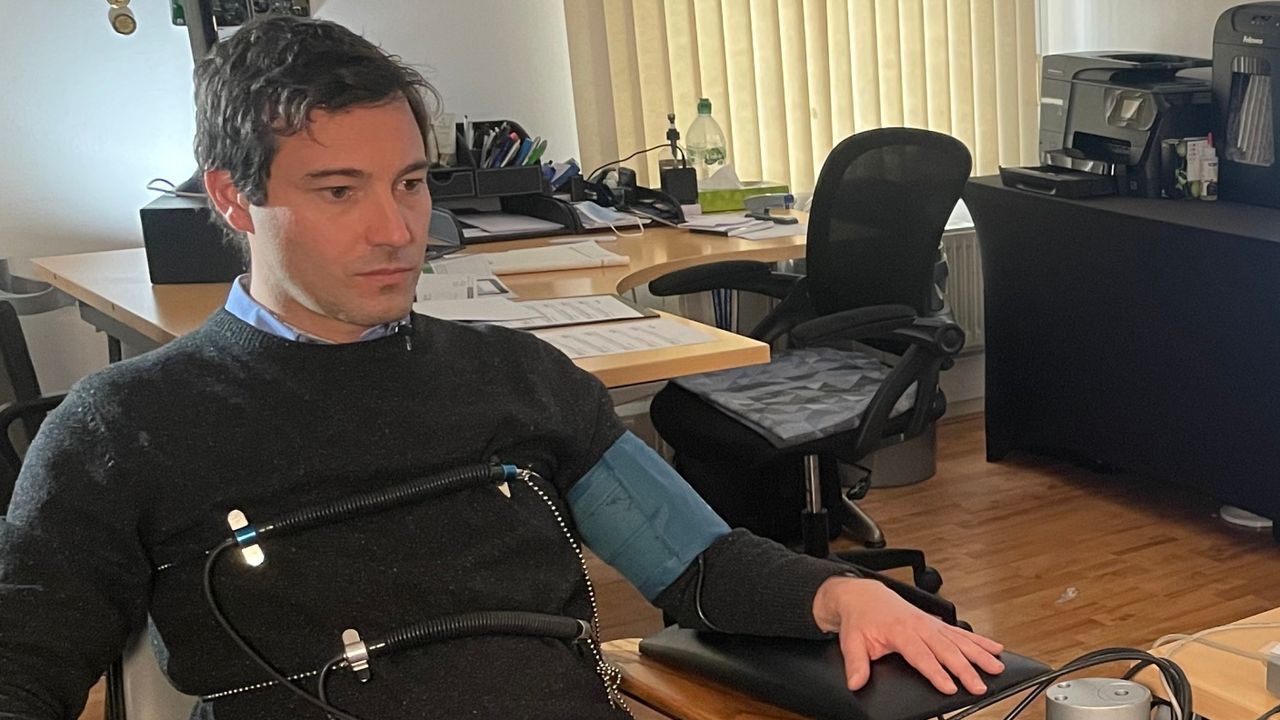Lie detectors have evolved into indispensable instruments for confirming the truth in a society where integrity is more prized than ever. Knowing the many kinds of lie detectors will enable you to make wise judgments whether your reason for using them is simple peace of mind, business, or law enforcement. Here at https://liedetectortest.com/colorado/colorado-springs, we provide a thorough analysis of the most successful lie-detecting techniques already in use.
Polygraph Tests: The Conventional Approach
Probably the most well-known kind of lie detector is polygraph testing. While the participant answers a series of questions, these tests gauge physiological reactions including heart rate, blood pressure, breathing rate, and skin conductivity. The fundamental idea is that misleading replies will cause different physiological reactions. Because of their established accuracy and dependability, polygraph exams are extensively used in security clearances, pre-employment screenings, and criminal investigations.
Modern Approach: Voice Stress Analysis
A more recent method called Voice Stress Analysis (VSA) examines a person’s vocal stress level. This approach depends on the theory that stress may produce minute variations in a person’s voice that can be found using specialist software. For many situations, VSA is a handy choice as it is non-invasive and may be done over the phone. This approach is becoming more and more well-liked as it offers precise results fast without requiring a lot of tools.

Thermal imaging: spotting lies with heat
Still, another creative method of lie detection is thermal imaging. This approach detects face temperature variations using infrared technology, suggesting stress and dishonesty. Lying causes blood flow to certain parts of the face to rise, somewhat increasing body warmth. These variations may be recorded by thermal imaging cameras, which offer a consistent means of spotting falsehoods. This is a flexible solution as it is non-contact and may be applied in many surroundings.
Functional magnetic resonance imaging (fMRI) and the function of the brain
Among the most developed methods in lie detection is functional magnetic resonance imaging (fMRI). Using blood flow fluctuations, this approach gauges brain activity. They are lyingresulting in certain parts of the brain showing more activity. fMRI offers a thorough understanding of the cognitive processes involved by giving a clear and accurate image of brain activity during dishonesty. Although this approach is currently mostly used in research, its potential usefulness is enormous.
Knowing the many kinds of lie detectors can help you decide which one is best for your situation. From conventional polygraph exams to creative eye-tracking technologies, every approach has special benefits. We provide thorough information and professional advice at https://liedetectortest.com/colorado/colorado-springs to help you choose the best lie-detecting system. Accept the ability of truth verification to empower you to confidently make judgments.




